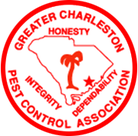|
Champion Pest Management is honored to be nominated
once again as the best pest control company in Charleston. Thank you to everyone for your support and your vote. It would mean a lot to us if we won the 2023 Best of Charleston award. Please take a moment to vote for Champion Pest.
1 Comment
The Most Important Things You Can Do When Termites SwarmFirst: Understand What Termite Swarmers Are And When Can You Expect Them
Our tropical climate and amazing beach weather draws visitors and new residents by the thousands. Unfortunately, our warm, humid air along with spring and summer showers also makes where we live the most inviting for subterranean termites as well. Charleston, SC is an area of extreme high risk. Formosan termites were first discovered in the continental U.S. in Charleston in the 1950s. It's in the late spring/early summer, when the temps are really starting to heat up and the rain becomes more regular when the conditions are perfect for these swarmers to come out of the ground and look for a mate. Second: Don't Panic
Panicking can cause you to lose focus and lose the ability to maintain a level head and an understanding of how to handle the situation. Equip Yourself With Knowledge So Panicking Isn't An Option 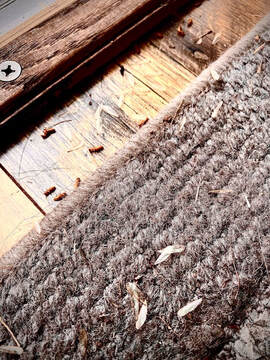 Evidence of swarmers: Dropped wings, small amber termites dead due to dehydration Evidence of swarmers: Dropped wings, small amber termites dead due to dehydration
Third: Don't Handle Termite Issues On Your Own While termite swarmers should not be a cause for great alarm, they are a reminder that termites are very much around us and very much a cause for concern; especially living in TIP Zone #1. This time of year keeps the idea of protecting one of the biggest financial investments of our lives safe from the upwards of 5 billion dollars worth of damage caused a year by termites and other wood destroying organisms. Due to the severity of damage that can come from termites on your home, it is wise not to try and tackle this issue yourself. If you don't have termite coverage on your home, you should call a local pest control company to come out for an inspection and qualify your home for protection against termites. Calling a professional exterminator who is trained in the proper use and application of termiticides is recommended by not only pest professionals, but also the Environmental Protection Agency and the United States Department of Agriculture. Whether you choose to call Champion Pest Management for your termite needs or another local company. The investment of protection is an important one. While swarmers aren't cause for major alarm, they are a reminder that our homes need to be protected. Call the BEST. Champion Pest.
843.860.4791 The Luna MothToday we're finally getting back into the lovely spring weather, and while I was out with the dogs, I happen to have the great fortune of running into this gorgeous creature: the very beautiful Luna Moth
The unusual beauty of this moth accompanied with its extremely short life span give many a feeling of special significance when seeing one. It is believed by many that seeing a Luna Moth is symbolic of renewal and rebirth; some believe that the moth is symbolic of the soul. Keep in mind how special it is if you get an opportunity to see one of these gorgeous creatures up close and personal. 843.860.4791
3rd Year Nominated!!Thank you to all of our wonderful customers who nominated us! 2021 is our third year being nominated, and we would love for your help to get us the win this year. 2020 was a difficult year for everyone, and this would be a great way to turn things around.
Click on the photo below to cast your vote! What Does Warmer and Wetter Weather Affect in the World of Pest Control?
Mosquitoes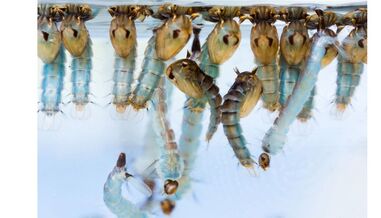 So where exactly have the mosquitoes been over the past few months? Do they just up and vanish? Maybe take holiday, or go on a family cruise? Nah, let's get to the bottom of this. In the colder months, mosquitoes (or at the least the female mosquitoes) take a sort of hibernation. Many female mosquitoes find a warm hole to "sleep it out" when the weather consistently drops below 50 degrees. Others, lay their eggs in frozen water where the eggs go into diapause (a state of suspended development) waiting for thaw and for more consistent warmer weather, so they can hatch hungry and desperate for something to eat.
Termites When the weather is in the 70s on a more consistent basis, male and female termite swarmers make their way from below ground to look for a mate and start new colonies. With an earlier spring, we will most likely experience a earlier swarmer season. It's incredibly important in the Charleston area that your home is protected from termites.
Don't Let These Seasonal Pests Frighten You
843-860-4791Call the Best. Champion Pest.Did you know that termite damage isn't covered under most homeowner's insurance policies?Most insurance companies don't cover the cost of termite repair due the fact that termite damage is something that the homeowner can prevent through regular home maintenance. How vulnerable is my home?South Carolina is located in TIP (Termite Infestation Probability) Zone #1 which means the potential for termite damage is considered to be very heavy. The warm, wet climate creates desirable living conditions for termites and other wood destroying organisms. In fact, the likelihood of your home being eaten by termites is 10 times greater than the possibility of your home being destroyed by a fire. What's a Formosan Termite, and why should I be worried?
These termites are aggressive and not afraid to put up a fight, and they will definitely defend what they determine to be their territories. Formosan termites act quickly, and they can cause a lot of damage in not a lot of time. These termites reproduce fast! The queen can lay around 1,000 eggs in a single day contributing to how quickly one colony can destroy a home. How can I tell if I have a Formosan Termite problem?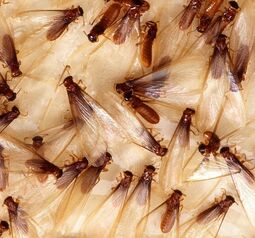 Formosan Swarmers Formosan Swarmers There are some warning signs that you should pay attention to in order to tell if you might have a termite infestation. One warning is the presence of termite swarmers. Termite swarmers are adult termites with wings who leave their colonies to mate and create new colonies. These particular winged termites sole purpose is to reproduce. You can see evidence of termite swarmers when you see them flying around your porch lights. Another warning to pay attention to is if you see their wings dropped near your doors, windows, vents, and other parts of your home. This is a sign that termites are nearby, have potentially found a mate, and could very well be creating a colony right under your nose. What can be done?There are preventative measures you can take to make your home less appealing to termites. 
Is your home safe from termites? Check your homeowners insurance to see if you should invest in additional protection from a pest control professional. Protect your investment and don't fall victim to the statistics. Call us at Champion Pest Management today to schedule an inspection and to get a quote on termite protection and prevention for your home. 843.860.4791
Thank you to all of our customers who nominated us for the City Paper's Best of 2019! Click below to vote for Champion Pest Management
Red Imported Fire Ants
Fire ant are omnivorous and can work together to take out birds, lizards, and other small animals. Fire ants don't use their bite to spread their venom. Instead, the bite is used to latch on, and then they sting with a stinger on their abdomen. And boy do they ever sting. Fire ants, when latched on, can use their stinger to attack a victim multiple times. Fire Ants and Your Yard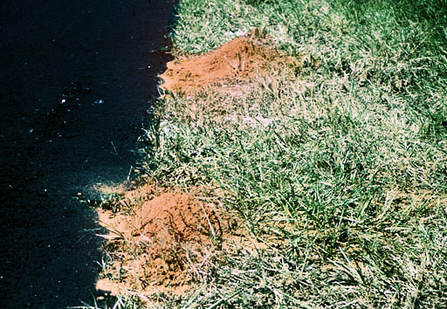 USDA APHIS PPQ - Imported Fire Ant Station , USDA APHIS PPQ, Bugwood.org USDA APHIS PPQ - Imported Fire Ant Station , USDA APHIS PPQ, Bugwood.org The fire ant mound is the tell tell way to visually see that you may have a fire ant colony below. While the mound is the most visible indicator, it isn't necessary for the survival of the colony. Taking it out or disturbing it doesn't take out the colony--more on that in a bit. The ants nest (aka where the queen can be found, and the only thing that can actually destroy the colony) is actually not directly accessible from the mound itself. Unlike other ant hills, access to the the fire ant nest requires a trip along multiple tunnels, and the nest can be SEVERAL feet away from the actual mound visible in your yard. In extreme temperatures (like a nice hot Charleston summer) fire ants can dig even deeper and further away from the mound for protection from the elements. Getting Rid of Those Colonies: Do home remedies work? As far as fire ant treatment goes. It is way easier to work on a preventative plan than it is to eradicate a colony once it has made it's home in your yard. Yards with wide open spaces may want to consider a regular treatment in order to prevent the colony from even starting. However, if those those nasty red mounds start popping up, they can cause fear and panic on how to get rid of them, and many will turn to DIY home remedies and Old Wives' Tales to try and eradicate the problem. However, very few of these methods have success and can even make the condition worse. Let's look at a few of the most popular methods recommended and explain what it is that just doesn't seem to do more than make you dizzy chasing fire ant mounds around your yard. Solution Suggestion #1: Grits MYTH: Here in the South, grits are staple. We like to eat them with everything. There's creamy grits, baked cheese and grits, shrimp and grits, heck--there's even a creamy sweet grits pie! You may even find your neighbor recommending you use uncooked grits on and around a fire ant mounds to take care of your problem. I mean, Hey, it worked for them right? What else are you going to use those instant grits for? Surely you're not going to eat instant grits? Your neighbors insists that the ants are supposed to eat the grits and explode. Problem solved. Sounds good right? Think about this: There's a reason "it worked" for them and you now have fire ants. TRUTH: Fire ants really enjoy the sweetness of corn, and yes, they will "eat" the grits, but these grits aren't killing anything. Adult fire ants aren't capable of eating solid food. They will carry the grits back to the colony where the larvae will convert the solid grits into a liquid for the rest of the colony to consume the food. The grits aren't exploding anywhere. The larvae break the grits down into such small particles, there's no chance for explosion to occur. Fire ants' love of sweet corn is one reason it's used in pesticides--not to explode the ants, but to carry the pesticides to the nest. If you use grits and the mound goes away, you may be asking yourself, "but where did the mound go?" The likelihood is that you damaged passage ways to the nest, so the ants simply picked up and are heading to build a new mound elsewhere. You didn't kill them, you just moved their front door. Solution Suggestion #2: Boiling Water MYTH: Pour some boiling water over the mound. TRUTH: While this method is slightly effective, you've got maybe a 50-60% chance it could work, it is extremely dangerous to you. Researchers have found that this method is only effective if enough water is used. In this case, enough water is over 3 gallons! 3 gallons of boiling water? Not something I would want to handle. Boiling water cools very quickly. Without a heat source to maintain the temperature, the water will not remain boiling by the time it reached the queen. If you don't kill the queen, you don't kill the colony. Boiling water ins't worth the risk. You could burn yourself, kill the surrounding vegetation, and possibly not kill the colony. Also, have you EVER seen how ants behave when they encounter water? Solution Suggestion #3: Fight Fire with FireMYTH: Take fire ants from one colony and add them to another colony. TRUTH: Here's another case where all you're really doing is causing more work for those worker ants and not taking care of the real problem: the queen. The worker ants will most likely fight to death, but the queen will remain. The colony will rebuild. In Texas, we're even seeing cases where the different colonies join together and spread even faster. The Best Way to Combat Fire AntsOne of the most effective methods of fire ant treatment is the use of a professional service. A trained professional has access to the most effect pesticides and is equipped with the best knowledge of application. It's best to stay proactive and maintain a consistent fire ant treatment schedule that treats the yard and mounds. Even after the mound are gone, a yard treatment is still recommended to stay on top of and avoid the development of future colonies. Typically, fire ant treatments occur twice a year, and are most effective when applied in the Spring and the Fall. 843.860.4791 Sources:
https://articles.extension.org/pages/60922/what-do-fire-ants-eat http://articles.extension.org/pages/16027/a-fire-ant-smorgasbord http://www.walterreeves.com/insects-and-animals/fire-ant-control-grits/ https://doyourownpestcontrol.com/pest_control/questions_and_answers/top_10_things_you_should_know_about_fire_ants.html |
About UsChampion Pest Management is a locally owned, family run, pest control company operating in Charleston, SC and the surrounding areas. Archives
February 2023
Categories
All
|
|


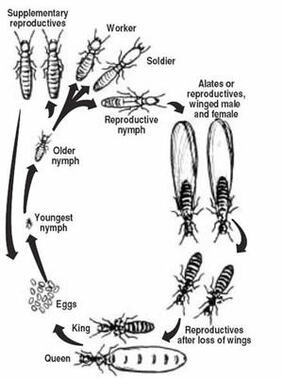


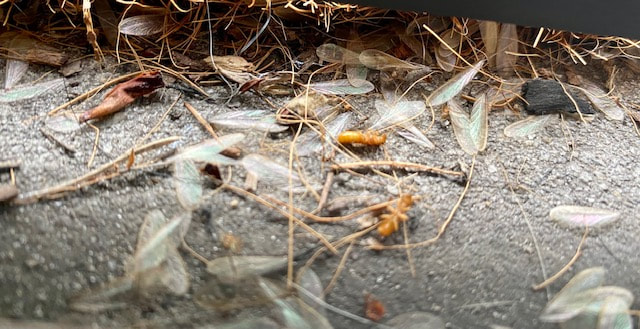
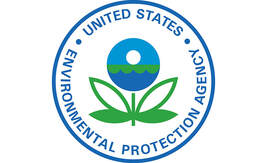


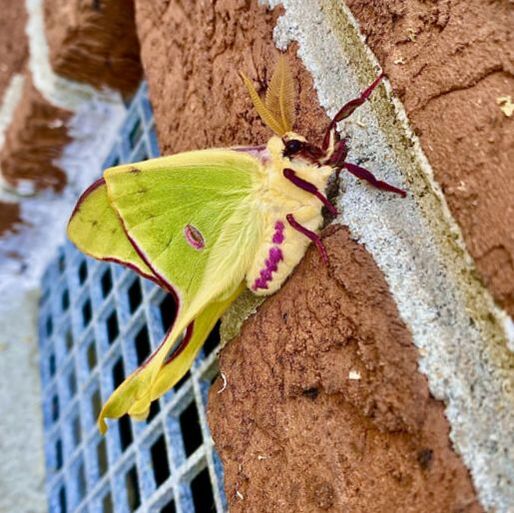
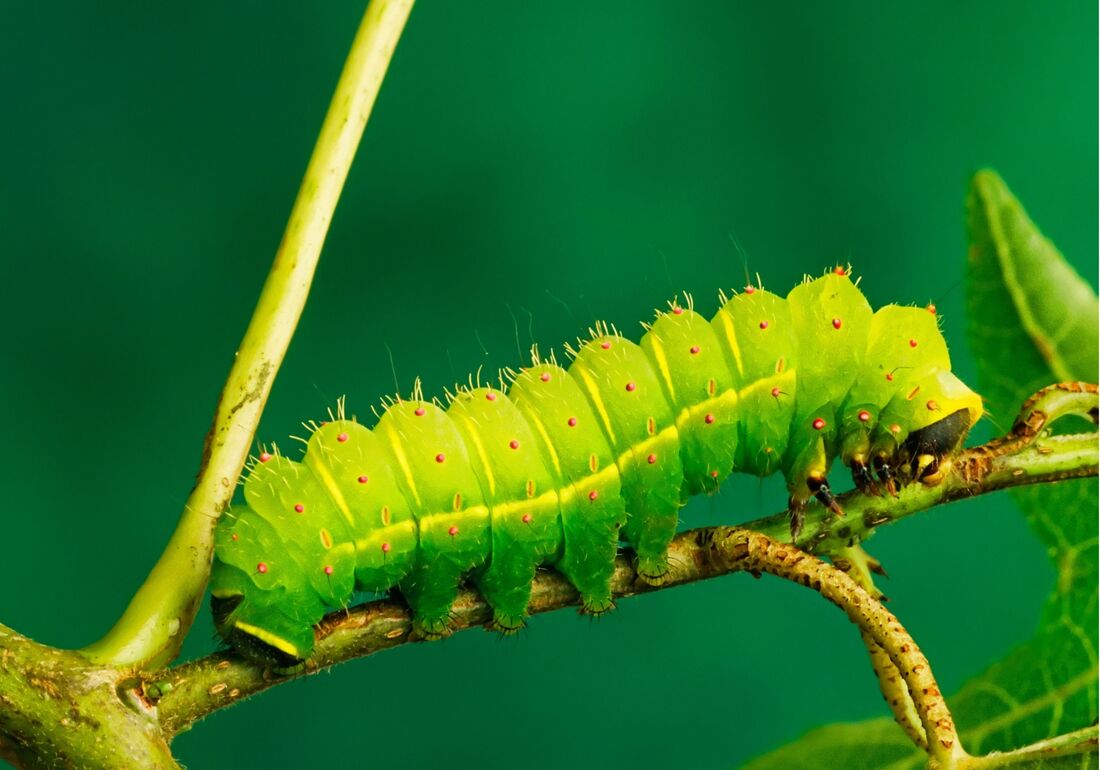
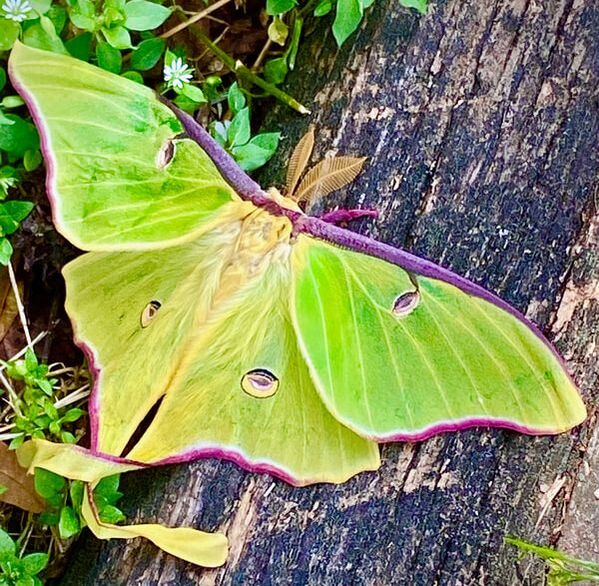
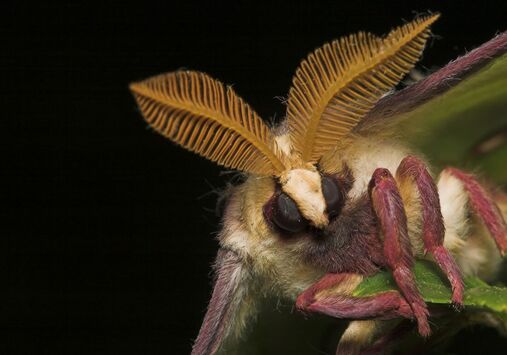
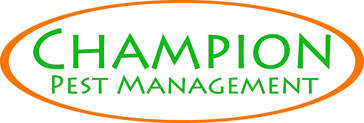
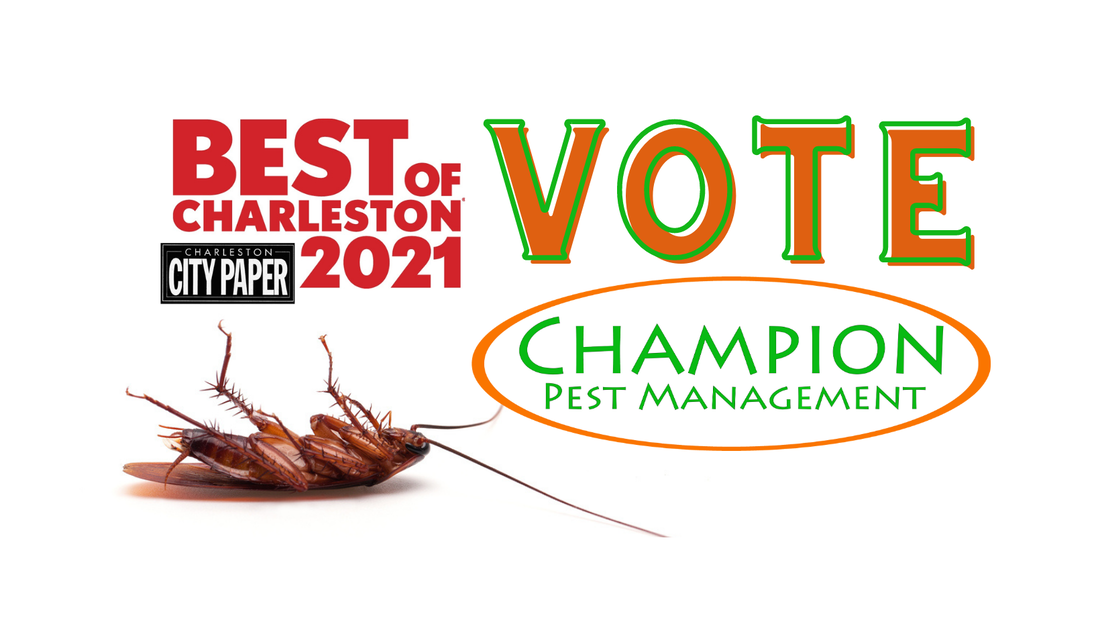
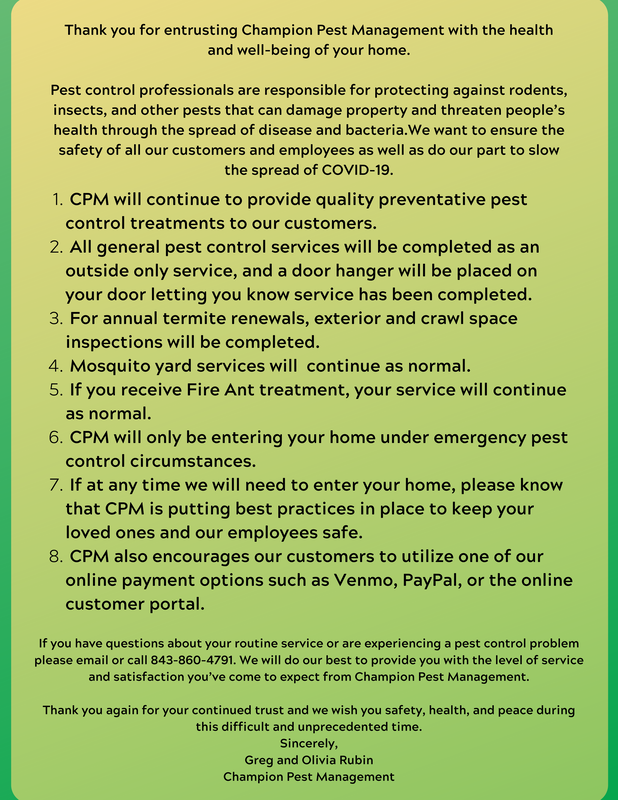


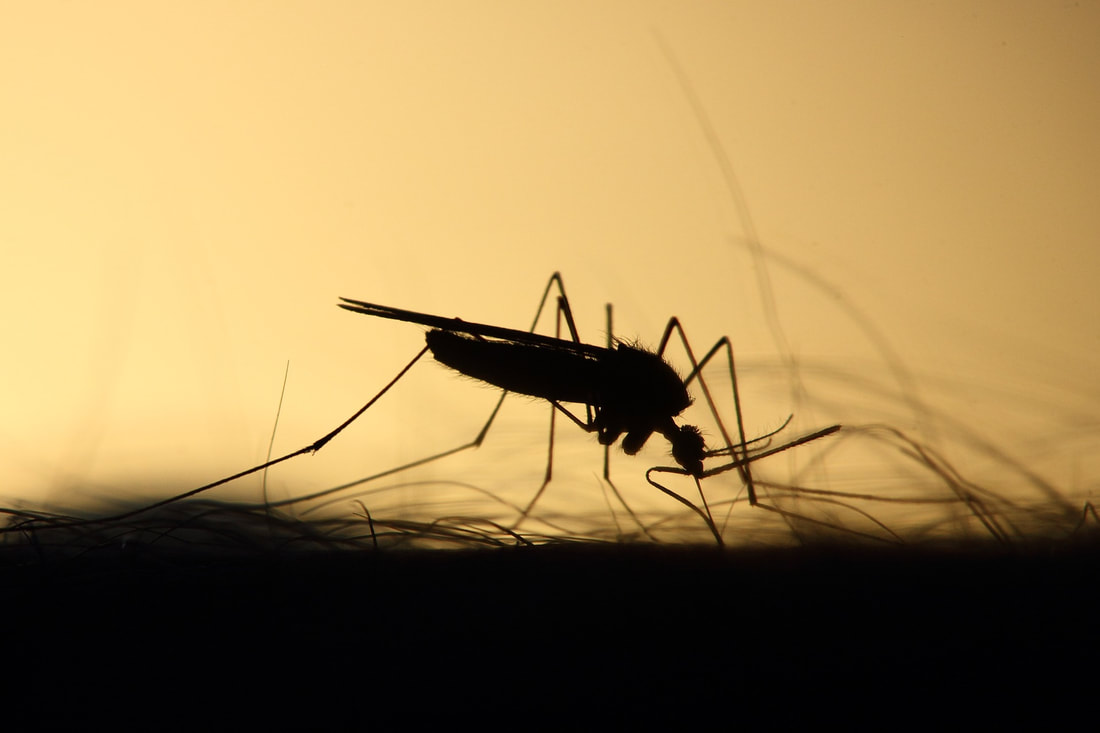
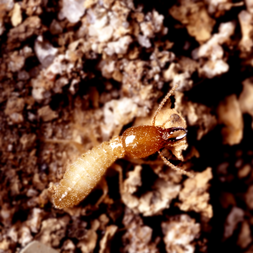

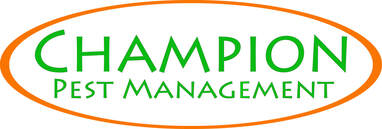

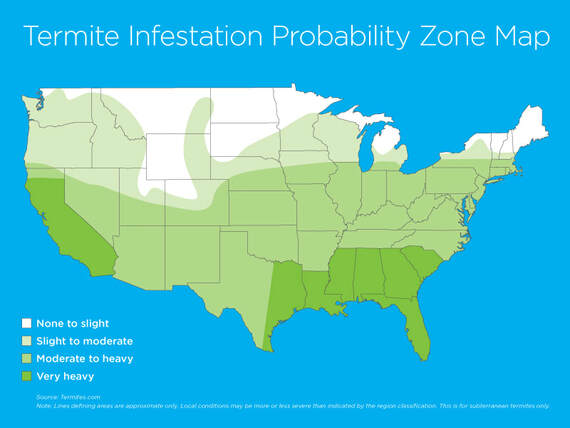
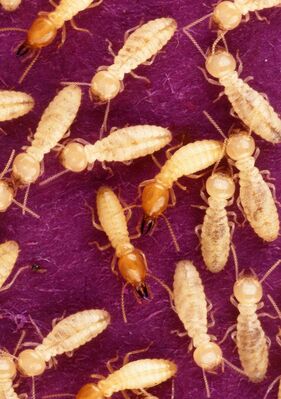
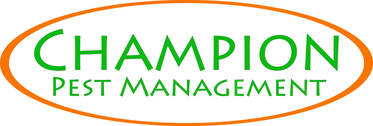

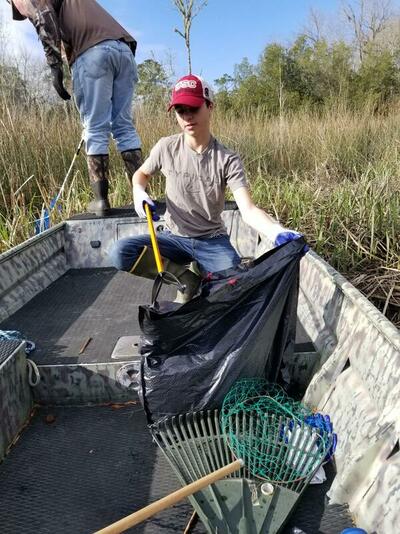

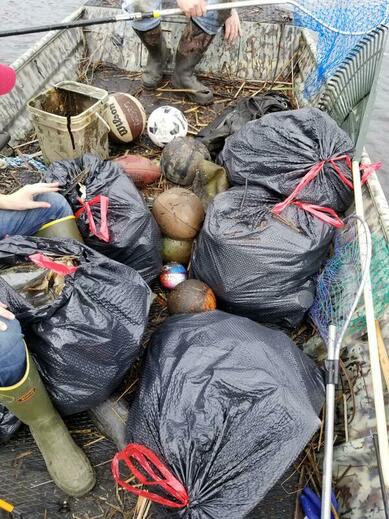


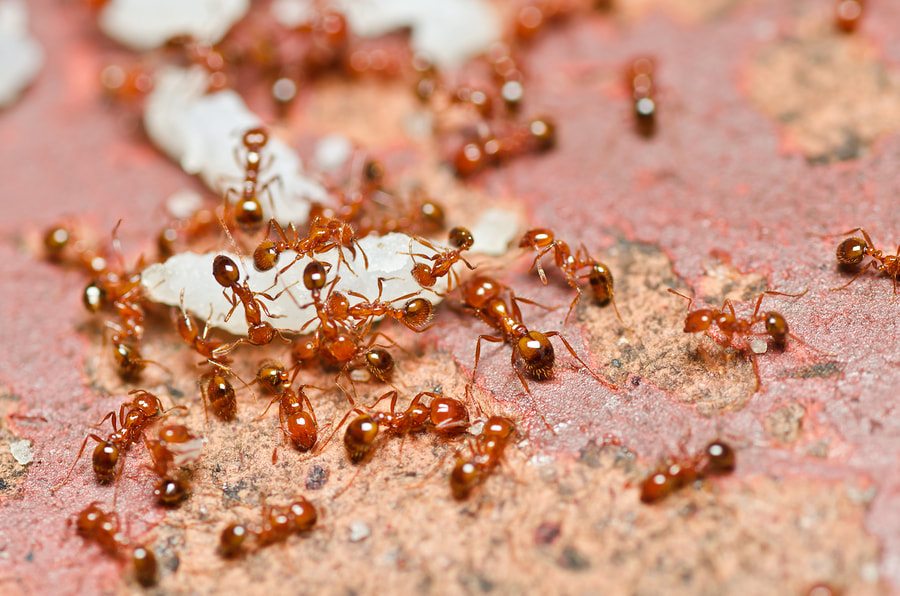
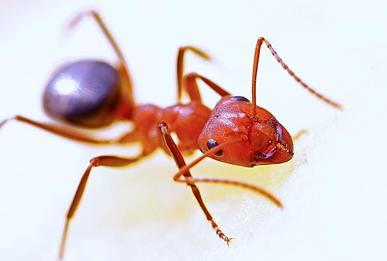
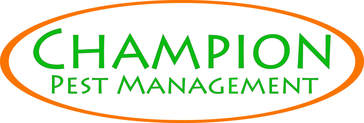
 RSS Feed
RSS Feed
